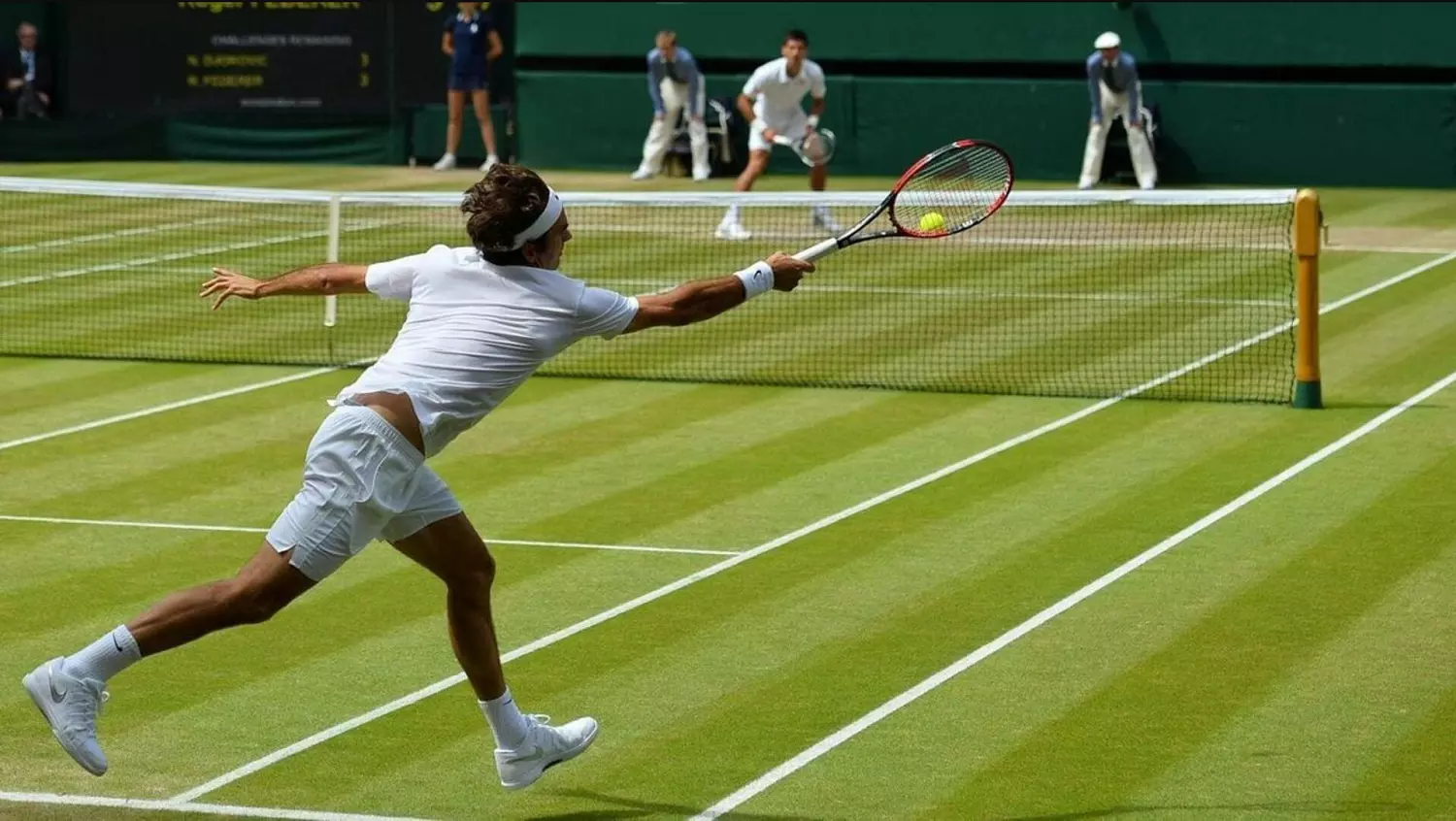GP- Article
The Basic Rules Of Tennis
Some rules of tennis like the size of the court, equipment, the order of serve, the score, how points are won and behaviour during a match.

Tennis is one of the most popular and spectacular sports played at various levels of competition, from amateur tournaments to international championships. The rules of tennis are fundamental to the game and ensure the fairness and integrity of the competition.
The rules of tennis define how singles and doubles matches are played, as well as defining the rules of behaviour of players on the court. The main elements of the rules include the size of the court, the equipment used, the order of serve, the score, how points are won and the rules of behaviour during the match.
Technical Aspects And Fundamentals Of The Game
In tennis, players use rackets to hit the ball over the net into the opponent's court. The game is played on a rectangular court divided into two halves by a net. Each half has its own baseline, as well as serving and batting lines.
The main goal of a player in tennis is to send the ball out of the opponent's court in such a way that the opponent cannot return it. The game is played on a stroke-by-swing basis, where one player serves the ball and the other hits the ball back. The serve is from a set area behind the service line and the return must be made before hitting the ball into the opponent's court.
The technique of tennis includes proper stance, serving, forehand and backhand strokes, volleys and forehead shots. The combination of these elements allows the player to control the ball effectively and participate in dynamic draws.
By the way, you can bet on tennis at Mostbet, which has all the main types of bets and even video and graphic broadcasts.
A tennis match is divided into several game segments:
- Sets. The rules of tennis determine that to win, a player will have to win 2 sets out of 3, or 3 out of 5.
- Games. Each set consists of games. A player must score 6 games with a difference of at least 2 (6:4, 4:6). If the score is tied, a tie-break is played.
- Scoring of points in games. The score is calculated as 0-15-30-40-game. Each subsequent game is also played. After the last service is taken after 40 points, the player is scored as the winner of the game. In a tie-break, points are scored differently. Scoring is done as 1-2-3..., up to 7, with a difference of 2. To win, the score must be: 5:7, 6:8, and so on. When the difference condition is not fulfilled - play continues until the condition is met.
Sometimes it happens that tie-breaks are played for a very long time and the total duration of the match reaches several hours. This happens when two equally strong opponents face each other.
Strategies And Tactics In Tennis
In tennis, it’s not only important to have technical skills, but also to be able to apply strategies and tactics during a match. Here are some common strategies that can help in achieving success on the court.
- Attacking strategy. This strategy consists of playing actively and seeking to dominate the court. A player using an attacking strategy will try to hit strong and accurate shots and use net tactics to keep the opponent under constant pressure.
- Defensive strategy. This strategy is suitable for players who want to control the tempo of the match and minimise errors. Players using a defensive strategy will try to keep the ball in play, hit low and accurate shots, and use backhand tactics to force the opponent into making mistakes.
- Serve and net strategy. This one is based on using powerful and accurate serves to force the opponent to make mistakes or weak shots. After serving, the player can actively approach the net to end the game in his favour.
In tennis it's important to be able to adapt to the opponent's style and tactics. A player must analyse his opponent's play and change his tactics and style of play depending on the situation on the court.
Etiquette And Court Type In Tennis
Apart from the rules of the game, tennis also has its own etiquette rules and norms of behaviour on the court. These rules help to maintain a sporting spirit and respectful atmosphere during a match.
Some common etiquette rules include congratulating on wins or successful draws, respecting your opponent and the umpire, and avoiding unsportsmanlike behaviour, including insults or disrespectful gestures.
The surface on which tennis is played also has its own characteristics and players should take these into account when developing their strategies and tactics.
Different types of courts, such as dirt, hard court and grass, affect the speed and bounce of the ball and therefore the choice of appropriate tactics.
In summary, understanding the basic rules of tennis, technical aspects, strategies and tactics, as well as adhering to norms of behaviour and being able to adapt to the court, is essential for success in this sporting discipline. Regardless of your level of play, following these rules and developing your skills will help you become a more competent and confident tennis players.

